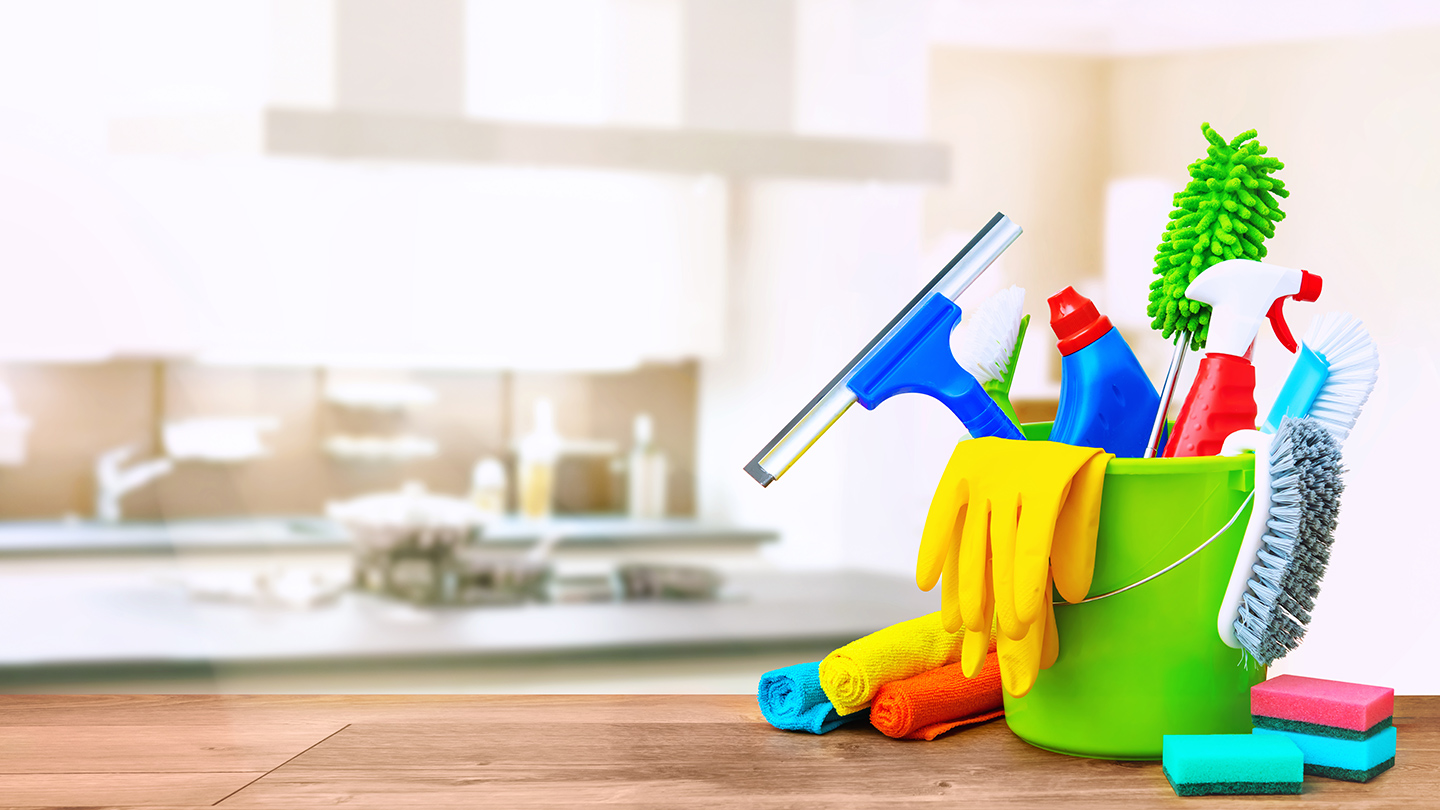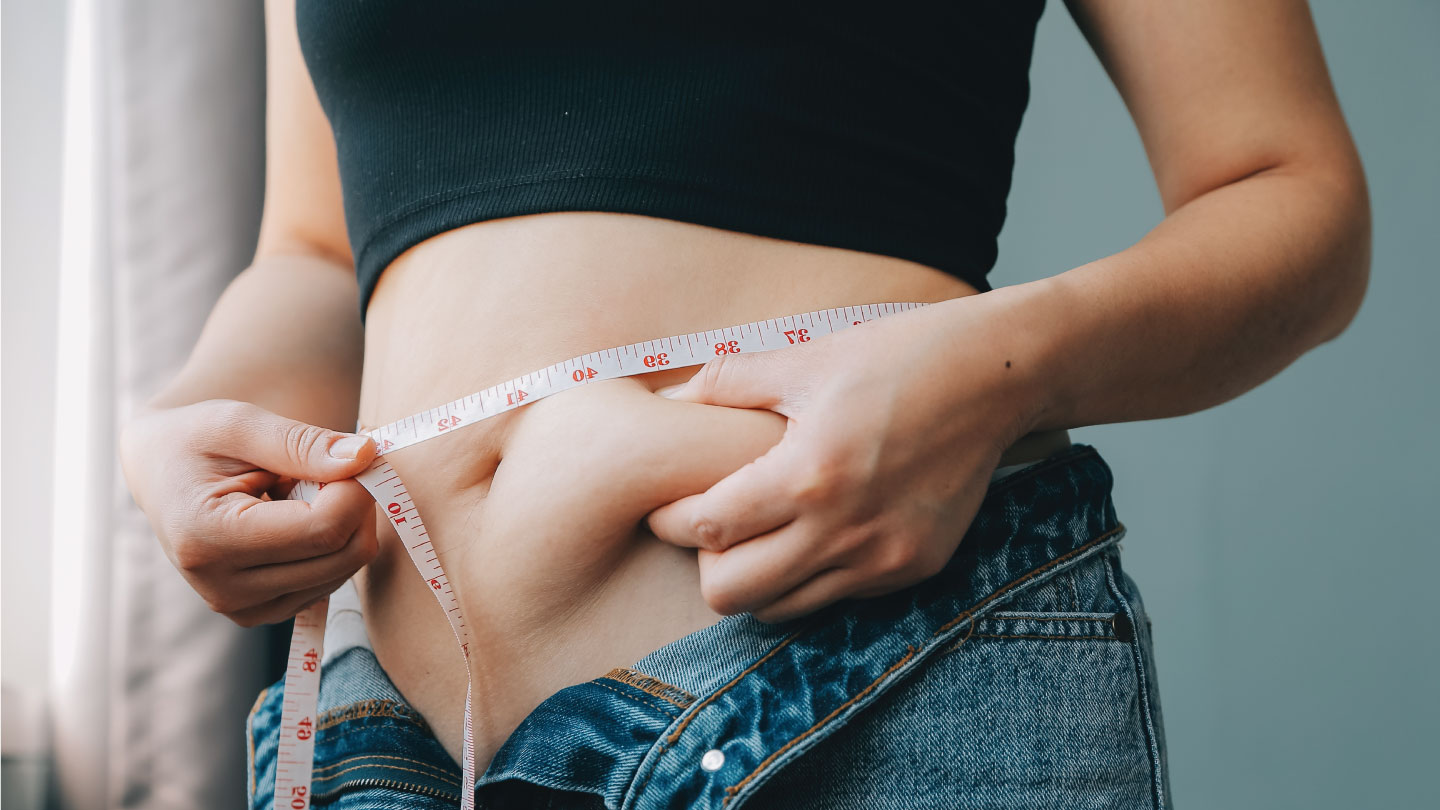Miscellaneous
3 Everyday Items You Should Toss Right Now
A few harmless things lying around your home may be quietly exposing you to germs, toxins, or unnecessary clutter. Here’s what to clear out, and why it matters.

We often overlook the everyday items that quietly sit in our kitchens and bathrooms. They feel familiar, part of the routine, almost invisible. But some of these seemingly harmless objects carry more than just memories of old meals or morning rituals. Over time, they can turn into small but steady sources of bacteria, toxins, and clutter that weigh you down without you even realising it.
Related story: A Guide To Cleaning And Disinfecting Surfaces
1. Kitchen Sponges, A Microbial Minefield
A kitchen sponge seems like the last thing you’d suspect. It’s soft, it’s drenched in soap, and it cleans well. But beneath that unassuming appearance, it can host a bacterial population big enough to rival some lab petri dishes. According to a study published in the Journal of Applied Microbiology (2021), kitchen sponges can contain tens of billions of bacterial cells per cubic centimetre, including species such as Salmonella, which can persist for more than a week in a damp environment. Even when sponges are rinsed with soap or hot water, bacteria tucked deep inside the pores can survive.
The problem isn’t just the bacteria themselves; it’s the perfect habitat the sponge provides: moisture, warmth, and food particles. Research by the American Society for Microbiology (2022) shows that brushes and silicone scrubbers, which dry much faster, have significantly lower bacterial loads over time.
Related story: Best Utensils To Cook Your Food
Better option:
- Replace sponges weekly or switch to quick-drying scrub brushes for a more effective cleaning experience.
- Don’t leave them soaked in the sink.
- Disinfect regularly, or better, choose tools that don’t hold moisture in the first place.
2. Cracked Plastic Containers, Invisible Chemical Leaks
Most of us have that one drawer packed with mismatched plastic boxes and take-out containers. They’re convenient, so we hold on to them. However, once plastic begins to crack, discolour, or warp, it loses its safety. When exposed to heat, repeated washing, or daily wear, many plastics can release chemical additives, such as BPA and phthalates, into food. These chemicals are known to interfere with hormone regulation and have been linked to disruptions in reproductive, metabolic, and immune systems. A 2023 review in Environmental Health Perspectives highlighted the growing evidence on chemical migration from everyday food containers.
Related story: Endocrine Disruptors: Toxic chemicals hiding in common household items
Another study found that reusable plastic bottles released hundreds of different chemical compounds into water after being run through a dishwasher (Science News Explores, 2023). In 2025, research linked the frequent use of hot plastic take-out containers to changes in the gut microbiome that may increase inflammation and risk of heart disease (The Guardian, 2025).
Better option:
- Toss any container that’s cracked, cloudy, or warped.
- Avoid heating food in plastic, even if it claims to be microwave-safe.
- Replace with glass, stainless steel, or food-grade silicone.
You don’t have to be rigid, just intentional. Even a 15-minute buffer between work mode and family mode can help your brain reset.
3. Old Toothbrushes, Germs Where You Least Want Them
A toothbrush is meant to clean, but once it gets old, it can do the opposite. Over time, the bristles fray, trap bacteria, and lose their cleaning power. Bathrooms are naturally humid, making it easy for microbes to settle in. A study published in the Journal of Dental Hygiene (2015) found that toothbrushes stored close to toilets can pick up E. coli and other bacteria from aerosol particles released during flushing. That means you might be brushing your teeth with more than just toothpaste.
Dentists generally recommend replacing toothbrushes every three months, or sooner if the bristles start to splay out. A worn brush also scrubs less effectively, which can lead to plaque buildup and gum problems over time.
Related story: Should You Be Worried about Phthalates-the Chemical that is Everywhere?
Better option:
- Replace your toothbrush every 3 months.
- Store it upright and away from the toilet.
- Let it air-dry instead of sealing it in a cover that traps moisture.
Why This Matters More Than You Think
At first glance, a sponge, a container, or a toothbrush might seem too small to make a difference. However, these are everyday touchpoints, things you handle multiple times a day. A single sponge can hold a thriving bacterial community. A worn container can slowly leach chemicals into the environment. A toothbrush can quietly carry microbes into your mouth.
Clearing out these small but risky items reduces exposure to things you can’t see but definitely don’t want hanging around. And beyond hygiene, there’s another upside: less clutter. Getting rid of items past their prime creates a cleaner, more intentional space.
Related story: The Hidden Danger of Microplastics: How to Protect Yourself and the Planet
Quic Checklist
- Kitchen sponge: Replace it weekly or switch to a brush.
- Plastic containers: Toss anything cracked, cloudy, or warped.
- Toothbrush: Replace every 3 months.
Our homes should be safe havens, not hidden sources of stress or exposure. By letting go of the items that quietly work against us, we create space for healthier routines, fresher energy, and a home that truly supports our well-being.
Take care of your body and mind to feel your best. Sign up here to unlock holistic health.
EXPLORE MORE
Shared hobbies aren’t just fun ways to spend time together; they build trust, deepen bonds, and make relationships feel easier and more alive.
In a world where scrolling never stops, FOMO in teens has become more common than ever. Here’s how parents can nurture confidence and contentment in their children, even when the world online seems to be moving on without them.
From hormonal changes to desk jobs and high-carb meals, Indian women face unique belly fat challenges. Here’s how to fix it, without starving, stressing, or giving up your favourite foods.
Small changes, deep impact: Discover practical strategies grounded in psychology and research to enrich your well-being and live more fully.







